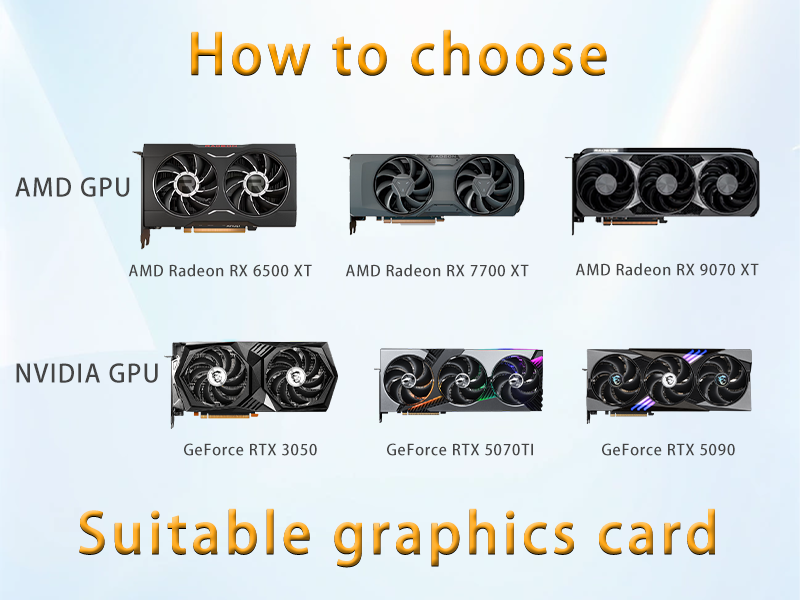When it comes to desktop computers, getting the right graphics card is important for tasks such as gaming, graphic designing, and video editing. In this article, we will talk about the most important aspects to pay attention to in order to make an informed choice that suits your requirements.
Fundamentals of Graphics Cards
Wanting to pick out a good GPU for a PC? First thing's first, we need to know what these graphics cards actually do. The GPU, short for Graphics Processing Unit, takes care of all those visuals stuff like rendering images, playing videos smoothly, and handling animations. It basically steps in and handles tasks that would otherwise bog down the main processor. As technology has advanced, modern GPUs pack serious power at reasonable prices now. For anyone doing regular content creation or editing work, having a decent graphics card isn't just nice to have anymore. These dedicated processors make a world of difference when working on projects that require heavy rendering, saving hours of waiting around for files to process.
Important Specifications
A good graphics card can be measured through its specs. The following are some features you should look out for while choosing one:
-
VRAM (Video RAM): A cards VRAM determines how well it can manage complex high-resolution textures And multiple screens. For most midrange games and modern design applications, a minimum of 4 GB is a standard requirement while gaining a serious edge at 8GB or more would be advisable.
-
CUDA Cores and Stream Processors: These define the level of parallel processing a GPU can perform. Greater core counts result in enhancing performance in rendering and gaming.
-
Clock Speed: Also referred to as MHz, it is one of the most critical factors that determine the rate at which a GPU processes data. Demanding applications will benefit from higher clock speeds.
-
Thermal Design Power (TDP): Represents the upper limit of heat that can be output by a GPU, thus determining what kind of cooling methods would be necessary. TDP should not exceed what your system can support for the graphics card you intend to use.
Your System's Compatibility
Your desktop's configuration should be checked before buying a new graphics card in order to avoid issues after purchase. Make sure to verify these:
- Power Supply Unit (PSU): Check if the wattage is sufficient, along with having proper connectors needed for the new GPU.
- Motherboard Compatibility: Confirm if there is an adequate PCIe x16 slot for the new graphics card on the motherboard.
- Physical Space: Many advanced GPUs have large dimensions. For people with smaller cases, measure case size first so you do not end up buying parts that wonât fit.
Budget Considerations
There is wide selection of graphics cards available in the market today and setting a budget can certainly help you narrow down your options. Think about what you need the card for:
-
Entry Level: For casual gaming or basic graphic tasks, cards priced between 250 should suffice.
-
Mid Range: Expect to pay anywhere from 500 for more demanding games and applications.
-
High End: Expect professional-grade performance in gaming or design with a price tag of 500 dollars and up.
Future Trends in Graphics Cards
Technology keeps moving forward, and graphics cards are no exception. We've seen some major changes lately - think ray tracing that makes games look almost real, AI boosting visuals in ways we never imagined, and VRAM getting beefed up to handle all this extra data. The gaming scene just keeps growing bigger every year, and content creators are pushing hardware harder than ever before. No wonder companies are racing to come out with better GPUs faster than before. For anyone thinking about upgrading their system, watching what's happening in this space can really pay off down the road.
When picking out a graphics card for our desktops, it really comes down to knowing what we need versus what we want. Take a good look at those specs sheets, check if everything will work together properly, and set some kind of spending limit before getting started. Do plenty of digging online after that initial planning phase. This helps find a GPU that actually meets current demands but also leaves room when new tech starts hitting shelves next year or so. Most people forget how fast things change in computing these days.




